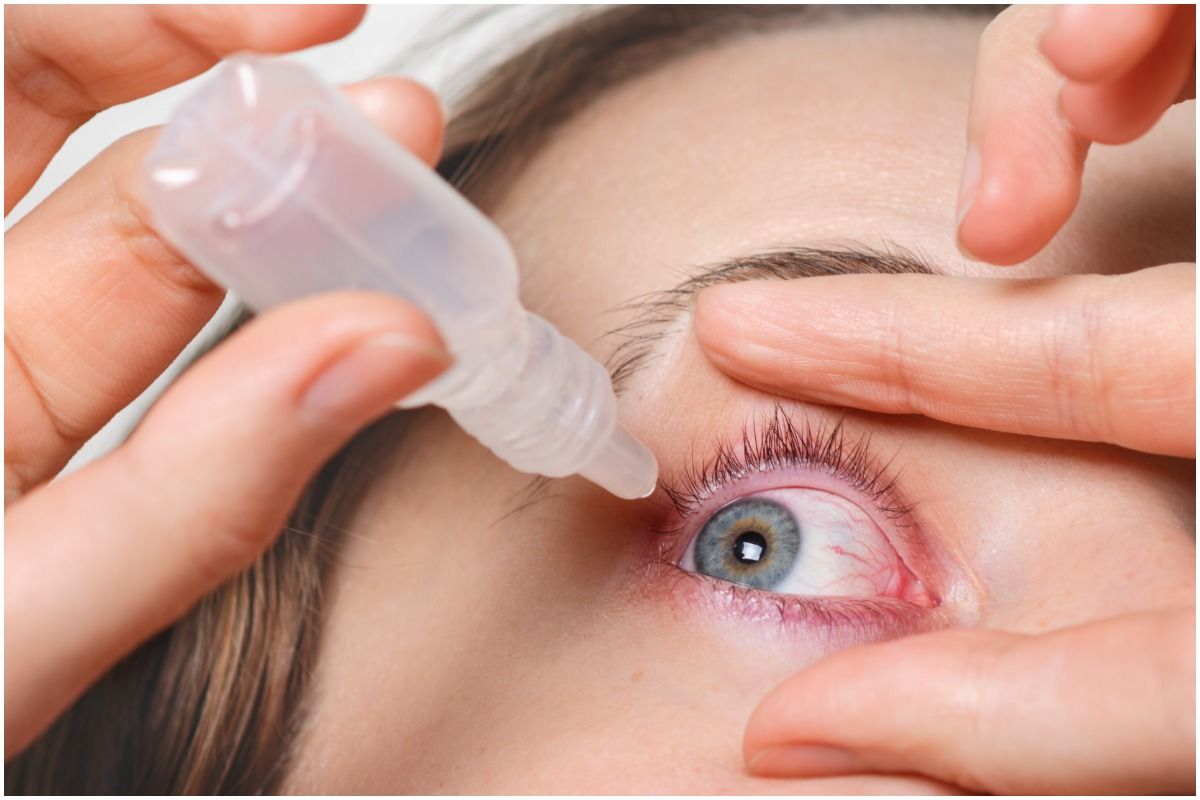
Glaucoma is an irreversible cause of blindness in children. The prevalence of primary congenital glaucoma (PCG)is one in 3,300 live births and PCG accounts for 4.2% of all childhood blindness in the Indian population. This has a very major impact on the quality of life and also since life expectancy is more, one has to endure more years of suffering.Also Read – Glaucoma: Causes, Symptoms And Why You Should Not Ignore The Signs
PCG can occur in newborns (that is true congenital seen at birth or intrauterine), infantile ( < 3 years) or Juvenile glaucoma (10- 35years). Secondary glaucomas can be due to other ocular anomalies like trauma, infection, inflammation, steroid use, small eyes (nanopthalmos)or some systemic problems like Sturge-Weber’s syndrome. The genetic pattern of PCG is 10% autosomal recessive and 90% sporadic. Loci linked are 14q24 1p36. Mostly seen in boys and is usually bilateral. Also Read – Can High Coffee Intake Cause Blindness? Here’s What We Know
PCG presents with a triad of symptoms
- Epiphora or excessive watering of eyes.
- Photophobia or inability to see in the light.
- Blepharospasm or closure of eyes tightly. Parents may give a history of eye rubbing.
Presentation also can be with a Bull’s eye or buphthalmos is when the cornea are enlarged and become hazy due to raised pressure in the eye. A good ocular examination by a trained ophthalmologist should be sought at the earliest in case of any of these symptoms. Also Read – Early Signs of Glaucoma Progression to Blindness Can be Spotted by AI
As most say prevention is better than cure, it can be prevented to a certain degree by mother’s getting fully vaccinated especially rubella prior to pregnancy. Also avoiding teratogenic drugs and drug abuse during pregnancy.
Most of these children have to be examined under general anaesthesia for intraocular pressure, corneal diameter, retinoscopy, ophthalmoscopy and gonioscopy. Depending upon the severity of involvement, the management varies which is mostly surgical. Initially medical treatment is used to lower intraocular pressure by using hyperosmotic agents , beta-blockers,carbonic anhydrase inhibitors. While miotics and alpha agonists are contraindicated in PCG.
Surgery can be
- Incisional surgery – we have Goniotomy (possible only if cornea is clear and <14mm) and Trabeculotomy. Recent technologies include endoscopic goniotomy , fibre optic microcatheter trabecolotomy.
- Filtration surgeries are Trabeculectomy with adjunctive antimetabolites. The best standard surgical procedure is primary combined Trabeculotomy and Trabeculectomy with antimetabolites in PCG.
- Glaucoma drainage devices are last resort. It can be a Baerveldt, AADI or Ahmed glaucoma valves.
(Inputs by Dr. Anita. C. Kamarthy, Glaucoma surgeon, MaxiVision eye hospital – Hyderabad)
Stay connected with us on social media platform for instant update click here to join our Twitter, & Facebook
We are now on Telegram. Click here to join our channel (@TechiUpdate) and stay updated with the latest Technology headlines.
For all the latest Lifestyle News Click Here
